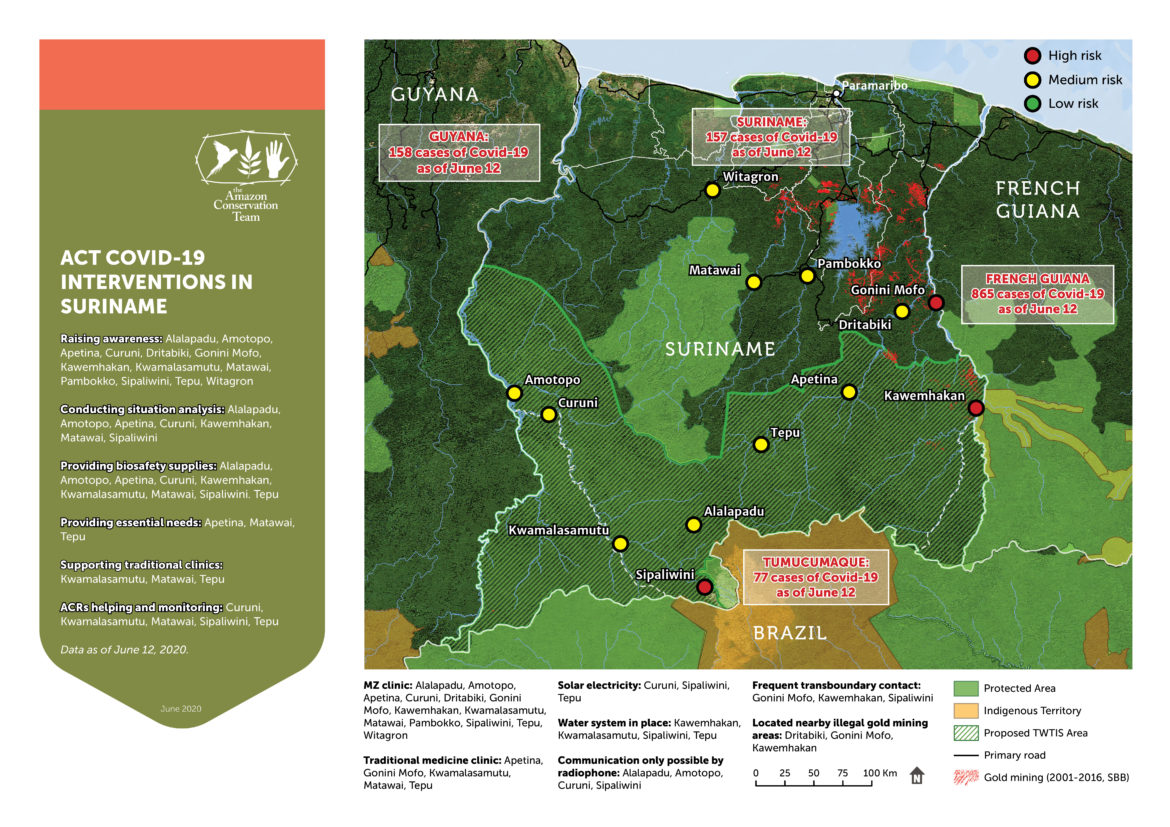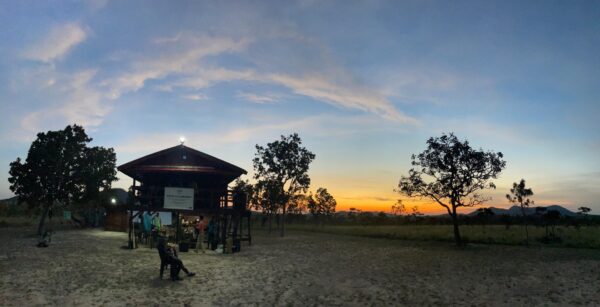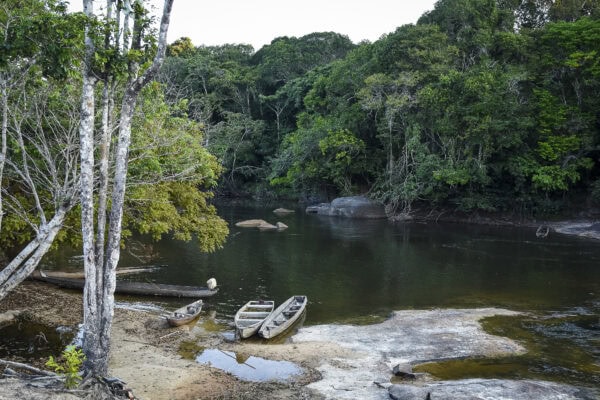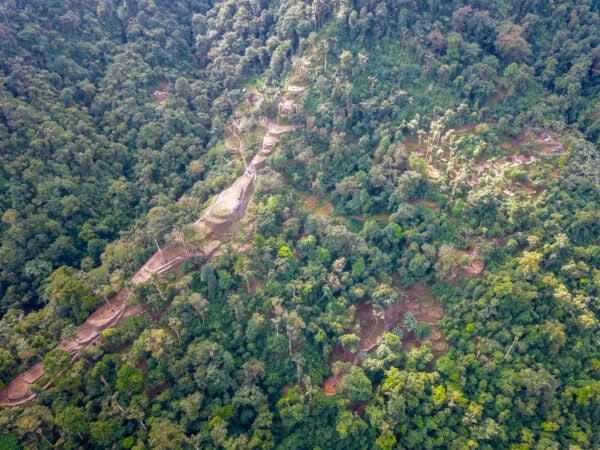June 15, 2020 – Publication: De Ware Tijd (DWT Online)
PARAMARIBO – Theodoris Jubitana, president of the Association of Indigenous Village Heads in Suriname (VIDS), is deeply concerned that eleven people from the indigenous village of Sipaliwini are infected with the new coronavirus. Referring to President Desi Bouterse’s prediction that if people in the interior become infected with the virus they may “die in the bushes,” Jubitana, in conversation with de Ware Tijd, confirms that the resistance of the indigenous peoples is weaker than that of the people in Paramaribo and the peripheral districts.

“That is the reason that some villages have been locked down. If even one infected person enters, the virus can spread very quickly,” says the village head, confirming that in the villages of Bernharddorp and Redi Doti, each individual case of coronavirus infection is known. On Friday, infectious disease specialist Stephen Vreden confirmed that among the 24 new infections from Thursday were eleven from the indigenous village of Sipaliwini. It appeared that during the election period, several people crossed the border to vote, after which the villagers started to show infection symptoms some time later.
On Saturday evening, Jubitana and the crisis team formed by the Organization of Collaborating Indigenous Peoples in Para (OSIP) had a Zoom meeting with directors of the Covid-19 management team about the situation. “They have told us that they cannot just come to the villages to test people. The villagers must first show symptoms, and we understand that. However, we have emphasized that the villages—and certainly those that are closed—do expect help from the government, because otherwise people will not comply with the need to keep the village locked down,” says Jubitana, concerned.
He emphasizes that the VIDS had already indicated in April during a meeting with the President in the Congress Hall that disinfectants, face masks and food aid were needed in the villages. “But nothing happened after that. We had understood that we would receive aid packages through the Ministry of Regional Development, and then heard that it would go through the Bureau Volks Contacten. But in the meantime, we have heard nothing,” said the VIDS chairman. Last week, he sent yet another list to the management team with names of people who need an aid package, but as of yesterday he had heard nothing.
To clarify the situation in the interior in terms of risks of contracting and spreading the new coronavirus, the Amazon Conservation Team Suriname (ACT) has developed a map with important data. Romano Jalimsingh, ACT-Suriname communication coordinator, explains that the map is intended not only to record the likelihood of infection in the areas, but also to show data such as clinics from the Medical Mission and traditional clinics in one place.” A high-risk area, for example, is one where there is no clinic and where the border with Brazil or French Guiana is frequently crossed, because those countries are known to have many cases of Covid-19.”
The map shows that the village of Sipaliwini has been designated as a high-risk area, and that a single day’s walk from the southern border of Suriname in Brazil is the village of Tumucumaque, with no fewer than 77 Covid-19 as of June 12. “ACT also works in Brazil, so we are pretty well aware of the situation there and the movements between communities.” The map serves as a real-time representation of the situation in the interior and the ACT-Suriname coverage area, which largely consists of indigenous villages.
Like ACT-Suriname, Jubitana also says that there is a need for building awareness in and providing information to the local communities with regard to coping with the virus. “We have villagers who almost want to fight with the leadership because they don’t understand the importance,” explains Jubitana. ACT-Suriname has already partly responded to the need for information and has also employed the Amazon Conservation Rangers to watch for possible cases in the villages.
Ipomadi Pelenapin, chief of the indigenous people in the Lawa area, is not as frightened by the situation in Sipaliwini. “The village is a two-hour flight from Lawa, so it won’t arrive that quickly,” he reasons. He thinks the threat from French Guiana and the Brazilians in the area is more real. “But because the village is closed, we are preventing infection.” In his area, there is also a need for help from the government, such as sanitary supplies, rice, cassava and cassava porridge.
Media Relations
For press release inquiries, please contact us at info@amazonteam.org.
Related Articles
Share this post
Bring awareness to our projects and mission by sharing this post with your friends.




